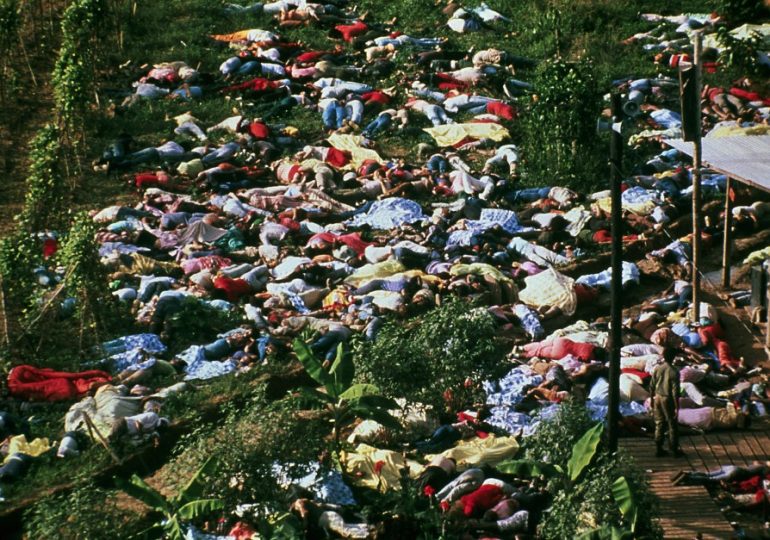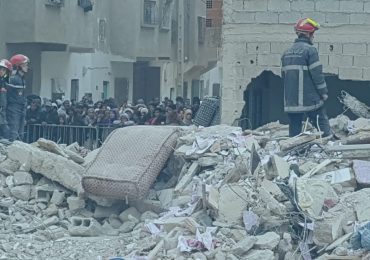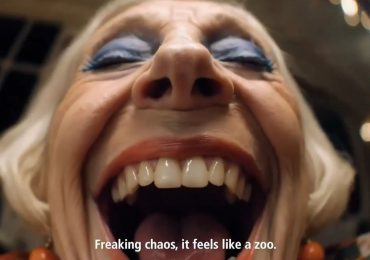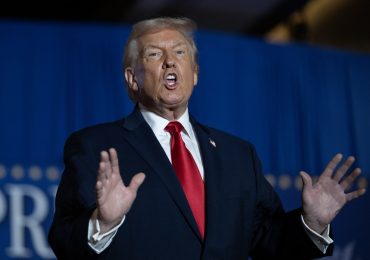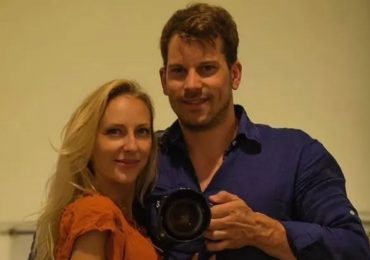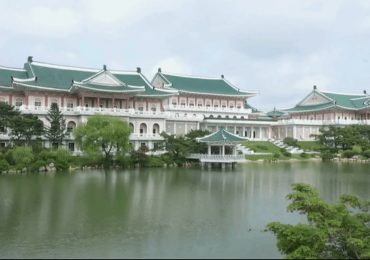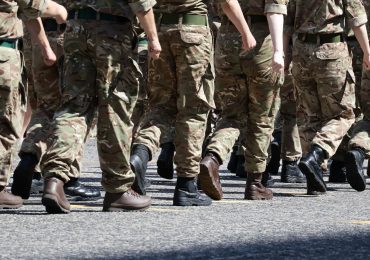TOURISTS could be getting a look at the site of the infamous Jonestown massacre – nearly 50 years after a mass poisoning at the cult which killed over 900 people.
The settlement which was in Guyana in South America saw the largest suicide-murder in history led by the cult leader Jim Jones.
Getty – ContributorOver 900 adults and children died after drinking cyanide-laced punch[/caption]
Getty – ContributorSurvivors of the cult have said the decision would reopen old wounds[/caption]
GettyJim Jones was an American cult leader who ordered the largest murder-suicide in history[/caption]
It was officially called the Peoples Temple Commune but became known as Jonestown following the horrific tragedy which saw 918 people die in total.
On November 18 1978, Jones ordered hundreds of his followers to drink a poisoned grape-flavored drink that was given to children first.
The event was called a “revolutionary suicide”, but it is believed that many took the drink against their will.
Now, Guyana is considering a tourism bid for the area in spite of its dark history.
The tour would ferry visitors to the village of Port Kaituma.
It’s a trip available only by boat, helicopter or plane, and once there it’s another 6miles via a rough and overgrown dirt trail to the abandoned commune and former agricultural settlement.
What was the Jonestown massacre?
The Jonestown massacre saw 909 people from Jones’ church simultaneously commit suicide on November 18, 1978.
The followers carried out the “revolutionary suicide” by mixing a fruit-flavoured drink, often referred to as Kool Aid, with deadly cyanide, tranquillisers, and sedatives.
Babies and children were the first to be given the poison with around 300 of the victims being under 17.
The chilling pact came about as a paranoid Jones managed to brainwash his followers into believing they needed to die to stay safe from cops.
Hours earlier, US Congressman Leo Ryan and a delegation visited Jonestown after the US Embassy in Guyana made concerns over alleged physical and psychological abuse within the group.
When the group arrived in Jonestown on November 17 some church members reportedly told the authorities that they wanted to leave.
Some even passed around a note saying: “Please get us out of Jonestown.”
The delegation then tried to save a few of the members by getting a plane off the island before they were ruthlessly shot at by the loyal cult members.
Five people including Congressman Ryan and three members of the press were gunned down with eleven others being injured.
Temple member Larry Layton was given a life term for being involved in the airstrip shooting. He was released in 2002.
Jones and one of the his disciples also died from gunshot wounds.
Critics have strongly blasted the decision, saying it would be disrespectful and it would open up old wounds.
Former congresswoman Jackie Speier was five times prior to the Jonestown deaths at a separate incident in Port Kaituma, which Jones also ordered.
Jackie has condemned the move, saying: “I think it’s a bad idea. I don’t think it’s appropriate to aggrandize that kind of cult activity.
“The experience certainly had a powerful impact on my life in terms of never, you know, expecting a tomorrow and living every day fully.
And being very vigilant about identifying cults, and looking at what happens to people when they got get engaged in that kind of an organization or involvement.
And I think that it it’s another example of how our government really failed us.
“These people were taken against their will and were murdered and it’s an important life lesson for all of us….It’s such a bad story, such a horrible story.
“I don’t think you learn lessons by creating a an adventure activity, wanderlust adventure?!”
The event at Port Kaituma notably saw the death of US Congressman Leo Ryan.
Jordan Vilchez was moved to Jonestown at 14, and said she had mixed feelings about it.
She said: “Then on the other hand, I just feel like any situation where people were manipulated into their deaths should be treated with respect.”
Jordan was in Guyana’s capital the day Jones ordered hundreds of his followers to drink the poison drink.
Her two sisters and two nephews were among the victims.
Neville Bissember, a law professor at the University of Guyana, questioned the proposed tour, arguing: “What part of Guyana’s nature and culture is represented in a place where death by mass suicide and other atrocities and human rights violations were perpetuated [sic] against a submissive group of American citizens, which had nothing to do with Guyana nor Guyanese?”
SUPPORT FOR THE DECISION
The decision has otherwise received positive reactions from the country’s tourism board.
Oneidge Walrond, Guayana’s tourism minister, said that the government was backing the effort at Jonestown but was aware “of some level of push back” from certain sectors of society.
She said the government already had helped clear the area “to ensure a better product can be marketed”, adding that the tour might need cabinet approval.
“It certainly has my support,” she said. “It is possible. After all, we have seen what Rwanda has done with that awful tragedy as an example.”
Rose Sewcharran, director of Wonderlust Adventures, the private tour operator who plans to take visitors to Jonestown, said she was buoyed by the support.
“We think it is about time,” she said. “This happens all over the world. We have multiple examples of dark, morbid tourism around the world, including Auschwitz and the Holocaust museum.”
It has been stressed that the idea to open the site tom tourists is still “very rough” said Fielding McGehee, co-director of The Jonestown Institute, a non-profit group.
He pointed to the amount of money it would cost to turn the location into a viable tourist attraction.
APThe decision has otherwise received positive reactions from the country’s tourism board[/caption]
APA question of how much it would take to transform the area into a suitable tourist location has been raised[/caption]
Leave a comment
